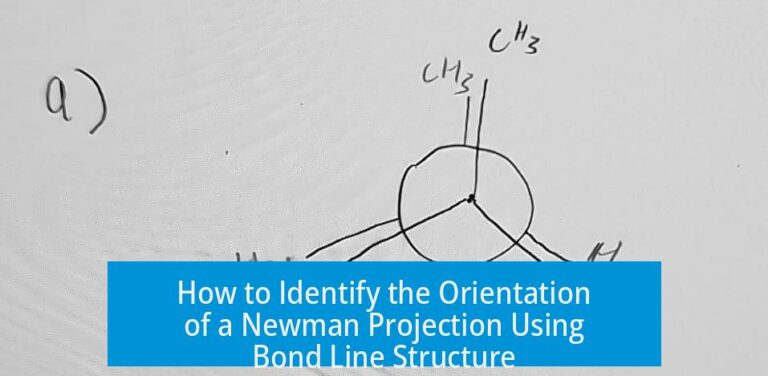Fun Facts About Cellular Respiration
Cellular respiration is a complex, multi-step process that releases energy stored in glucose gradually and efficiently. This stepwise method prevents sudden energy bursts that could damage cells and allows organisms to harness energy for vital functions.
Energy Release in Multiple Steps
Glucose contains a huge amount of energy, more than an equivalent weight of dynamite. If cells released this energy in one burst, it would be explosive and harmful. Instead, cellular respiration breaks down glucose through about ten steps, safely managing this energy.
- Each step releases a small amount of heat energy.
- Most energy is captured to drive other reactions.
- This controlled release prevents cellular damage.
Cells “Eat Explosions” to Move
Cells convert energy released from glucose into ATP, the cell’s energy currency. This process powers muscle movement and other activities. The phrase “eating explosions” vividly describes how cells fuel motion by using controlled chemical energy.
Evolution of Mitochondria Improved Energy Production
Millions of years ago, a eukaryotic cell consumed a bacterium, which evolved into mitochondria. These organelles efficiently convert glucose into ATP, producing much more energy than glycolysis alone. Without mitochondria, complex life forms would not exist.
Speeding Up Glucose Breakdown
In nature, glucose breaks down very slowly, taking about 100 years. But cells use enzymes to accelerate this process drastically, breaking down billions of glucose molecules daily to meet energy demands.
| Fact | Significance |
|---|---|
| Multi-step process | Prevents damaging explosions inside cells |
| Controlled energy release | Ensures efficient harnessing of glucose energy |
| Mitochondria origin | Boosted ATP production, enabled complex life |
| Enzymatic acceleration | Allows rapid glucose breakdown in cells |
Key Takeaways
- Cellular respiration uses stepwise energy release to avoid harm.
- Mitochondria are essential for high ATP output.
- Cells convert glucose energy rapidly, sustaining life.
- The “eating explosions” metaphor captures the power behind cellular movement.
Why does cellular respiration happen in multiple steps?
Releasing all the energy in glucose at once would be dangerous. Multiple steps let cells release energy slowly and safely. This prevents damage and harnesses energy efficiently.
How do cells use the energy released during respiration?
Energy is released in small amounts at each step. Most of this energy powers other cell functions instead of being lost as heat.
What does “cells eating explosions” mean?
This phrase describes how cells use the energy from breaking down glucose. It’s a fun way to show how cells power movement by capturing energy from small chemical reactions.
Why are mitochondria important for cellular respiration?
Mitochondria came from ancient bacteria that a cell engulfed long ago. They enable cells to produce much more ATP than glycolysis alone, supporting complex life.
How fast do cells break down glucose compared to nature?
Glucose breaks down naturally over 100 years. But cells break down billions of glucose molecules daily using enzymes, speeding up the process drastically.





Leave a Comment